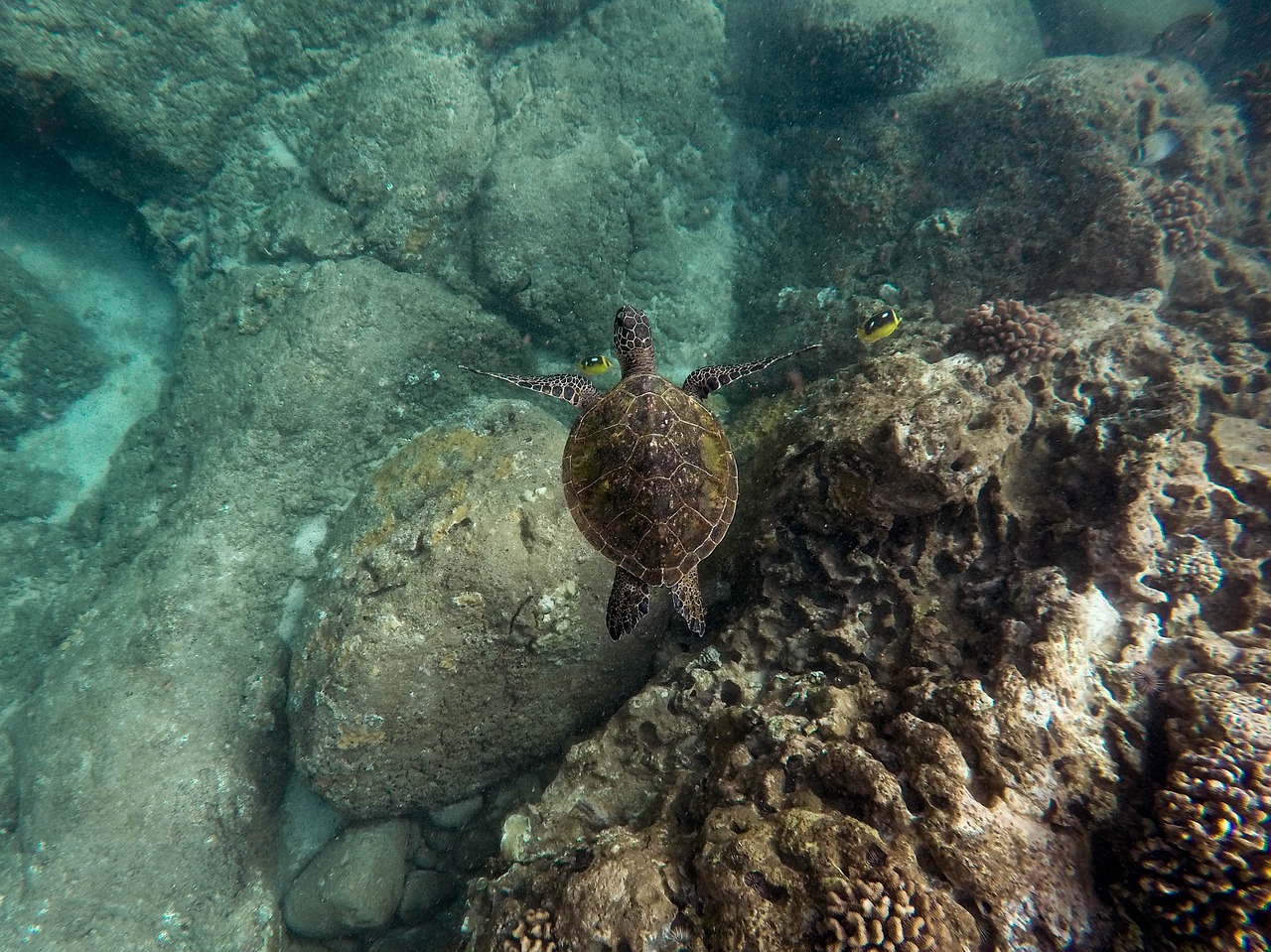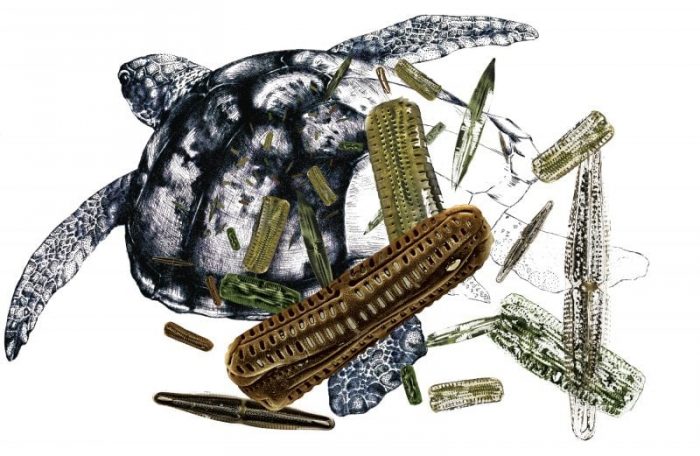
Today, many scientists believe we are living through one of the greatest mass extinctions the world has ever seen. One may argue that existing species must inexorably fade away, and new life forms emerge to fill the rapidly changing ecological niches, inevitable with the process of evolution. One may even suspect that these very occasional large-scale die-offs are a natural part of the Earth’s life cycle.
Fossil records indicate that previous large-scale mass extinctions were each related to some cause of dramatic climate change. But there is now much evidence that the current and rapidly increasing event is unprecedented, being caused by the actions of one species only – humans.
In these troubled times, when global biodiversity is widely believed to be reduced by up to several hundreds of species each day, only the sudden and rapid disappearance of species of so-called “charismatic megafauna” makes the average person feel compelled to sign petitions and passionately support wildlife habitat conservation projects. That is perhaps quite fortunate for sea turtles – ancient marine creatures iconic to both marine biologists and indigenous peoples to whom they traditionally constitute not only a biological memory of earlier evolutionary eras but also a source of food and important element of cultural heritage. Yet, as has recently been shown, sea turtles themselves constitute a highly unique habitat for largely unknown microspecies whose fate is inevitably entwined with that of their hosts.
Diatoms, unicellular microalgae that are thought to be responsible for up to 50% of both oceanic primary production and global oxygen production, are often some of the earliest colonizers on any marine substrate, and it has recently been shown that all seven living species of sea turtle harbour, often very abundant, epizoic diatom communities, some of whose species are as yet only known from the sea turtles. Although diatoms have long been known to grow on aquatic vertebrates, including whales, dolphins, and seabirds, sea turtle-associated diatoms have been almost entirely overlooked.
Only in the last three years have the first studies exploring sea turtle-associated diatoms been published, and several new diatom taxa, including three new genera, have been described. These new taxa show traits of obligate epibionts, which means they may require a direct contact with their basibionts (i.e. the host organism) to develop and survive. If so, we may be dealing with the very first case of endangered marine microbes – quite contrary to the popular hypothesis that, due to their microscopic size, particularly efficient dispersal modes, and high growth rates and adaptation capabilities, in the microbial world “everything is everywhere, and the environment selects”. Since their first discovery, sea turtle diatoms have attracted growing attention, partly due to their potential use as indicators of sea turtle behavior (e.g. migration patterns) and health.
Although research here may help to bridge various gaps in general understanding of both sea turtle and diatom ecology, evolution, and biogeography, at present many aspects of the symbiosis-like relationship between these micro- and macro-organisms remain unaddressed. For instance, it is not yet understood whether epizoic diatom communities are specific to particular sea turtle host species or, rather, geographic location; or whether they are subjected and respond to seasonality, what factors influence their composition and abundance, and what ecological role and function they have in marine ecosystems.
Currently, despite extensive conservation efforts, all seven existing sea turtle species are endangered, with two species being critically endangered, according to most of the international, national, or regional assessments, and are protected by various legislations. We now know that these remarkable animals constitute mobile islands and hotspots for unique microbial life that could soon be lost before ever being discovered and explored. Thus, the on-going and large-scale research conducted in collaboration among scientists from four different continents aim to provide baseline data about sea turtle-associated diatoms and other microscopic epibionts, generating important advances in both epizoic microbe and sea turtle research.

Disappearance by Roksana Majewska
This research is described in the article entitled “Shared epizoic taxa and differences in diatom community structure between green turtles (Chelonia mydas) from distant habitats”, recently published in the journal Microbial Ecology, and in other papers by Roksana Majewska from North-West University (Potchefstroom, South Africa), B. Van de Vijver from Botanic Garden Meise (Meise, Belgium), T.A. Frankovich from Florida International University (Miami, USA), M.P. Ashworth from the University of Texas at Austin (Austin, USA), M. Sullivan from Mississippi State University (Starkville, USA), M. De Stefano from The University of Campania “Luigi Vanvitelli” (Caserta, Italy), N.J. Robinson from Cape Eleuthera Institute (Eleuthera, The Bahamas), E. Lazo-Wasem from the Yale Peabody Museum of Nature (New Haven, USA), T. Pinou from Western Connecticut State University (Danbury, USA), F. Bolaños from The University of Costa Rica (San José, Costa Rica), A. Nasrolahi and M. Ehsanpour from Shahid Beheshti University (Tehran, Iran), M. Afkhami from Islamic Azad University (Bandar Abbas, Iran), M. Santoro from Istituto Zooprofilattico Sperimentale del Mezzogiorno (Naples, Italy), and others.









